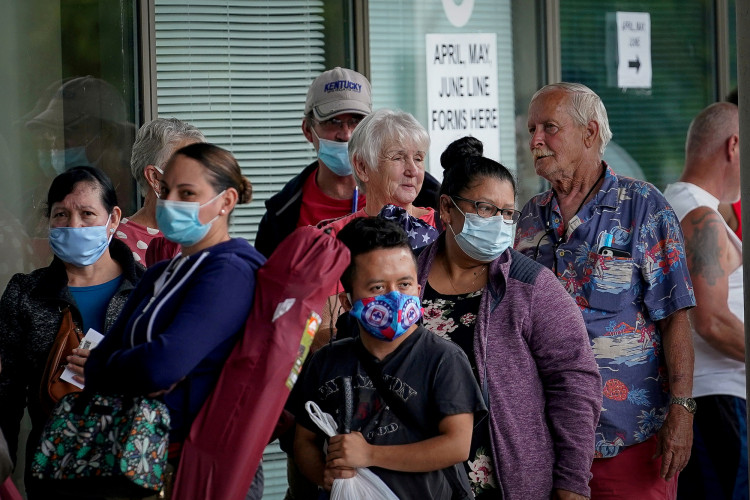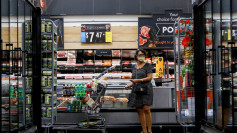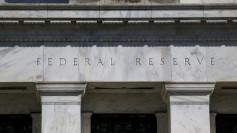U.S. job growth slowed sharply in July, with nonfarm payrolls rising by only 73,000 and the unemployment rate climbing to 4.2%, signaling mounting pressure on the labor market and increasing the likelihood of a Federal Reserve rate cut in September. The figure fell well short of the 100,000-104,000 forecasts from economists and came alongside major downward revisions to prior months, with May and June job gains cut by a combined 258,000.
The June total was revised down to 14,000 from 147,000, while May was slashed to 19,000 from 144,000. "Today's report adds weight to signs of a slow but persistent cooling trend," said Ger Doyle, North America regional president at Manpower Group. "While the labor market is not in crisis, hiring momentum continues to soften, and pressures are beginning to build."
Stock futures slipped and Treasury yields declined following the release, as traders ramped up bets on a September rate cut. CME FedWatch data showed expectations for a cut rose to 63%, up from 40% the day before.
Health care led job gains with 55,000 new positions in July, while social assistance added 18,000. By contrast, federal government employment shrank by 12,000 for the month and is now down 84,000 since its peak in January, following cost-cutting efforts initiated under Elon Musk's Department of Government Efficiency.
Average hourly earnings increased by 0.3% in July, matching estimates, while year-over-year wage growth came in at 3.9%, slightly above expectations. The labor force participation rate fell to 62.2%, its lowest point since November 2022.
The household survey, which underpins the unemployment rate, painted an even bleaker picture, showing a decline of 260,000 workers. New Bureau of Labor Statistics data also showed job openings fell to 7.44 million in June from 7.71 million in May, while the hiring rate dipped to 3.3%, the lowest since November 2024.
Federal Reserve Chair Jerome Powell, who described the labor market as "solid" after the central bank left rates unchanged in July, acknowledged a slowing pace of job creation tied to reduced immigration. "The good news here is that that level is still solid enough to support the consumer," said ADP chief economist Nela Richardson. "That ultimately will be the tried-and-true test of the health of the labor market. Will consumers keep spending?"
Despite private payroll gains of 104,000 in July, as reported by ADP, analysts noted a steady downward trend in hiring momentum. "We are in a labor market that has recalibrated to a lower average level," Richardson added.






